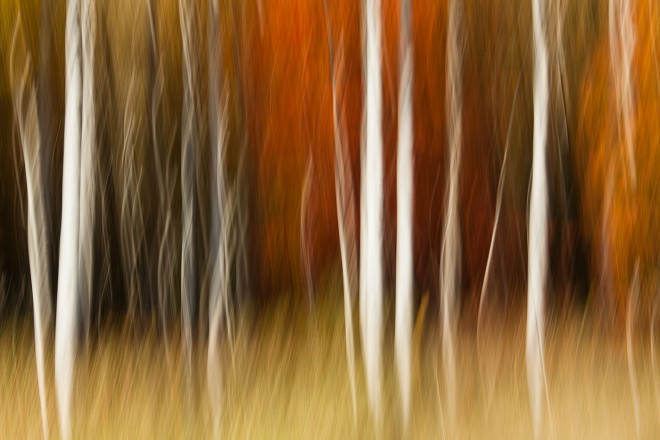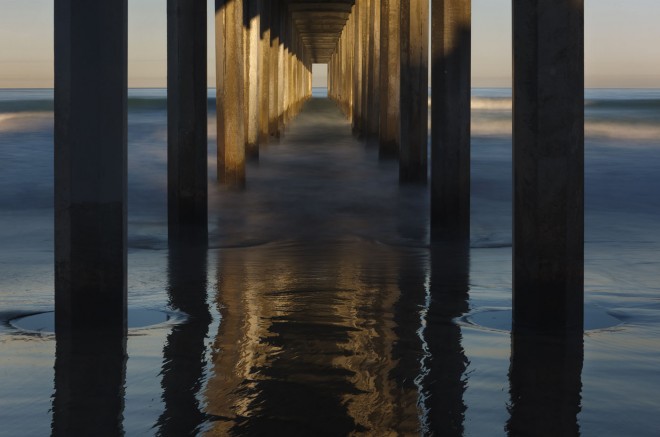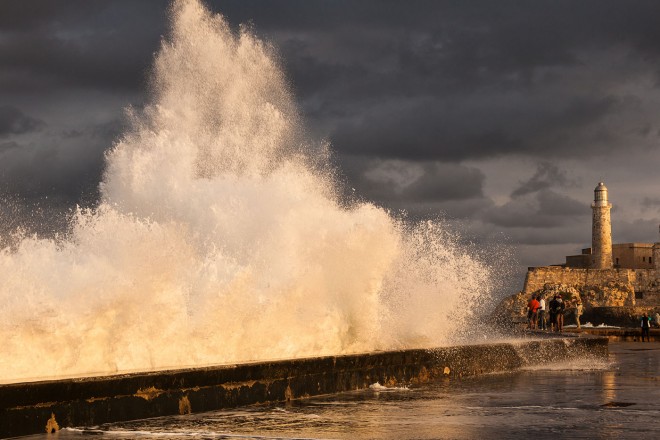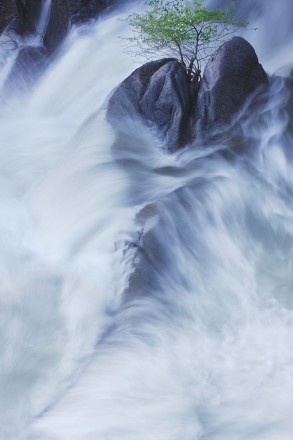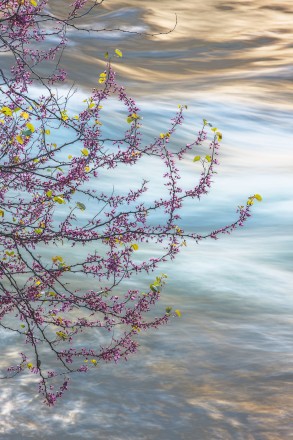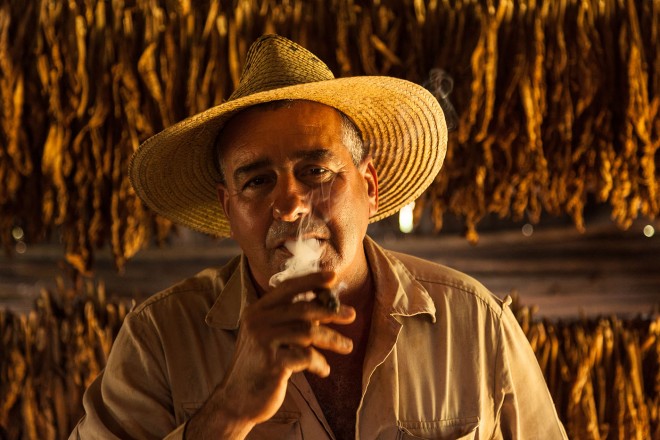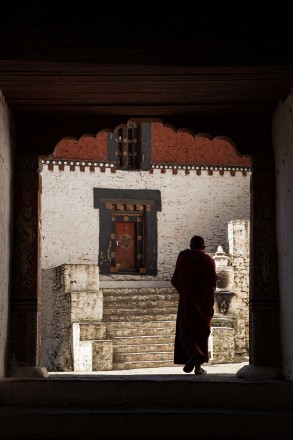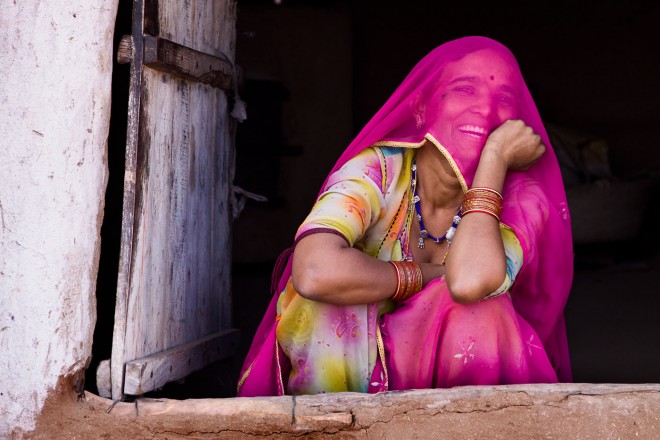Conversations in Light: Nature and Travel Light
Light and Nature Photography
Discovering how a photographer learns to see and use light is often a point of interest for me. So that was the topic of conversation when I had the chance to sit down and talk with master nature and travel photographers, Brenda Tharp and William Neill.
has been a professional photographer for more than 25 years. Her photographs have been published in numerous publications including Audubon, Sunset, and Outdoor Photographer, as well as award-winning books, such as Muir Woods: Redwood Refuge. She’s coauthor of the new book Extraordinary Everyday Photography: Awaken Your Vision to Capture Stunning Images. She also teaches workshops and leads photo tours, information about which can be found at www.brendatharp.com
William Neill is an award-winning nature photographer who has been lucky enough to call himself a resident of the Yosemite National Park area since 1977. His landscape photographs have been widely published in numerous books and publications, including Outdoor Photographer magazine where he writes a regular column. His work has been exhibited at the Museum of Fine Arts, Boston, and the Santa Barbara Museum of Art. He offers one-on-one instruction, and has published numerous ebooks that can be found by visiting www.williamneill.com.
For me, the ability to see and use light improved markedly when I started paying attention to what was happening with the shadows. That told me so much about the quality and direction of the light. Did you experience something similar, or did each of you come to that awareness in a very different way?
Tharp: I followed a more traditional path that taught me how to look at the light. Nothing was really mentioned with regard to the shadows except to say that a low angle of light will increase the length of the shadow and help to reveal texture. So, I started looking at how light affected the surface of things. It wasn’t so much about the shadows until six or eight years ago, when I began to notice shadows as one of the components that I could use to make photographs more interesting. That’s when I started to look at shadows as an element in my photographs, and not merely at the light creating them.
Neill: Early on in my photography, I think the focus was about design and shape, and I learned about light by looking at situations where the focus was on texture, shape, and form. It wasn’t so much a focus on shadows or highlights. It was more about how that light would allow me to reveal a subject, for example: using backlight to reveal the veins of a leaf; or using sidelight on a sand dune to reveal its texture and shape. I kind of gravitated toward situations with long-angle light to look for and find the best shapes for these graphic designs and forms.
Tharp: You know it’s interesting to hear you say that, Bill. You talked about dunes and shapes. I was also drawn to things because of their graphic design elements. It’s ironic, and maybe we didn’t realize it at the time, but those shapes were about light and shadow. The negative shape of the shadow was as important as the light bringing out the shape of the dune. It was how both the light and the shadow defined it. Even if we weren’t completely conscious of it at that point, it was still a very strong part of it.
Neill: Well, it’s related to proportion, too. Something that I think about a lot is how I’m designing a photograph. Say you have a cliff being reflected in a river. If you don’t include the light on the cliff, all you’ll see in the composition is the reflection. What you have is an area of darkness surrounding an area of brightness. If you were to include both the sunlit cliff and the reflection, your eyes are going to be pulled in two different directions. It can still be a good photograph, but I’ve learned a lot when I think of proportions of space. I’m talking more in terms of graphic design, but those shapes in photos are often defined by light.
Do you find yourself looking for certain qualities of light and shadow?
Neill: I tend to use soft light when photographing nature details because I don’t have to deal as much with highlights and shadows. If I’m seeing multiple patterns on the ground, such as needles or moss, I find that direct sunlight makes it look too busy. It’s like light on a face. When I’m photographing people, I try to move them into areas of shadow or shade for a more flattering quality of light on their face.
You’re both talking about not only being aware of your subject, but also of how the quality of the light will affect the way the subject will appear in your photograph. A common issue with new photographers is that they see the subject, but they’re blind to what’s happening with the light. It seems as if you take into consideration both the subject and the quality of the light, then combine that with your graphic sense to help build a composition. Is that right?
Neill: If you have great light but poor composition, you can’t make a good photograph. You need both working together. How many photographs have we critiqued where the photographer is out there shooting under great light, but somehow the composition doesn’t flow well? Or we see a great composition shot under average light? Average light, especially high, harsh light, is very difficult to pull off.
Tharp: I agree with Bill. When I’m photographing details in nature, I look for a lack of strong, contrasty light with few strong shadows. There’s shadow there, but it consists of a softer gradation, and it really allows the details of those leaves to come out; however, that kind of light might be too flat for some other scenes.
When I’m working with my students, I try to teach them to see the light and their subject, and then make choices as to where to position themselves or their subject. Or, even decide to photograph during a different time of day. It’s just reality that the light will likely not be perfect when you first arrive on the scene. As Bill said, the elements may all be there for a great composition but if the light is average, you’ll have to return at another time. That’s something that both Bill and I do when we’re out in nature. I’d like to say that we get it right on the first go, but more often than not it’s that we find a shot that’s full of potential, and we just keep going back until the light is perfect for that scene.
How is it different when you’re doing travel photography? You may not have the luxury of returning to a scene when the light is ideal.
Tharp: I tell my students that when I’m traveling, there’s no such thing as bad light. There’s only light. I remember being taught that by National Geographic photographer, Bill Allard, and when he said that, I reacted with, “What do you mean? Of course there’s bad light! What about the light that happens during the middle of the day?” But I learned that he was right. There’s no such thing as bad light. There’s just light.
When you understand the quality of light you have at a particular moment, you can then understand what kinds of things may photograph well under that specific light. For example, recently in the middle of the day in Trinidad, Cuba, we found ourselves using the light from the noonday sun that was being reflected off cobblestones and bounced into windows and doorways. We used that “bounced” light to photograph the faces of the people sitting in chairs in their kitchens or living rooms. That noonday light technically qualifies as “bad” light, but it’s great light in certain situations.
I’m in total agreement with you there. Regardless of the time of day or the quality of the light, I use whatever type of light is available to direct me to subjects that will work with that type of light. I don’t go out looking for a particular subject matter; instead, I allow my observations of the light itself to reveal what I might photograph.
Do you do something similar? Or do you find your subject, and then try to work the light as best you can to serve the subject?
Neill: It’s definitely important to work with what you have when you’re out there. Whether I’m out with students or just by myself, there are going to be scenes in the Yosemite Valley that won’t work well during the middle of the day. So, if I know where there’s some shade, I might find some interesting bark patterns on the shady side of a tree to photograph.
We tend to follow certain rules when it comes to landscape photography, which often means photographing under this golden light in the morning or late afternoon. But that doesn’t mean it’s an absolute thing that you have to follow. You go with what you “got,” but you look for things that will work under that particular type of lighting.
Brenda, you’ve just come back from Cuba, and Bill has done a lot of photography in India. Both of those destinations make me immediately think about color. The difference that light can make in the appearance of color can be tremendous: A red wall suddenly becomes luminous and radiant under direct sunlight, but it becomes duller and muted under shade or overcast skies. So, what kind of considerations do each of you make when traveling and photographing abroad?
Neill: I go back to what I said earlier about looking for graphics. I might start off by taking what I’d consider an architectural photograph of the side of a colorful building. Then things will begin to change. Someone (a subject) will come out to see what you’re doing and, whereas the rest of the scene is in shade, he’ll be illuminated by direct sunlight and appear to pop out of the frame. Thus, I get a combination of the strong graphic nature of the architecture with a human element, which is emphasized by the light itself.
Tharp: One of the things you learn about light is to recognize the “color” of the light. Lots of people will simply set their cameras to auto white balance, and they don’t understand why I’d choose to shoot with the daylight white balance preset.
Sometimes I do this because I want the coolness of the deep shade to add a mood or feel to my image, but there will be other times when I don’t want that. By leaving it [white balance] set for daylight when I’m working in the shade, I’ll get that cool feeling; however, I can always warm it to my taste later. It’s easier for me to go in that direction than to try and bring back the mood and look that I felt when
I first saw it.
You make a great point about the importance of white balance. For me, I love when I’m working with mixed lighting, such as direct sunlight and open shade. I like the color contrast that can be created by having warm tones from direct sunlight and an area of deep shade that goes to cool blue. That contrast, between warm and cool, becomes as interesting to me as the contrast between light and dark.
Tharp: When I think about your work, Bill, so much of it, especially the landscapes, seems to be shot at the “edge” of the day—or during a storm—and the images are this wonderful mix of cool and warm. Whenever we work during the edges of the day, those combinations of warmer sunlight and cooler shade create a very pleasing color balance.
Neill: Well, thank you for that. As an example of contrast, an interesting situation arose when I was working with a student. We were photographing in the snow, working with color balance, and trying to decide whether or not to neutralize the blue color cast from the ultraviolet light in the snow. Whether it’s personal taste or just that people are used to seeing the blue color cast on snow, it can end up being played against the warm light hitting El Capitan or a sunset. That’s what we’re talking about when you contrast the cool with a warm accent.
What would you suggest to readers who want to improve the way they see and use light?
Neill: Walk around your world and just watch the light. It’s something that people forget to do during their everyday life, but then they expect to be experts when they go out to photograph. I make it a point to work around my home quite a bit, and I’m always looking at what the weather is like, and what subjects might be interesting to photograph during different times of the day. Sometimes I bring out my big camera, but more often than not, I’ll just pull out my iPhone and record what I see.
If you tell yourself that you want to be an expert, then you have to be a student on a regular basis, and you have to study.
Tharp: Absolutely! And I’d add that whether it’s with your phone or a sophisticated camera, the recording of images and the study of light are really important.
I tell my students to take a particular scene, then go back to it under many different types of lighting conditions, and then really study the results. Look at the differences to the same scene and the subject under different qualities of light and times of day. It could be a tree in a field or a street scene in your neighborhood. It doesn’t matter. It’s just about making it a habit to look at the light and the effect of the light, and recognizing what conditions bring out attributes in the photograph.

